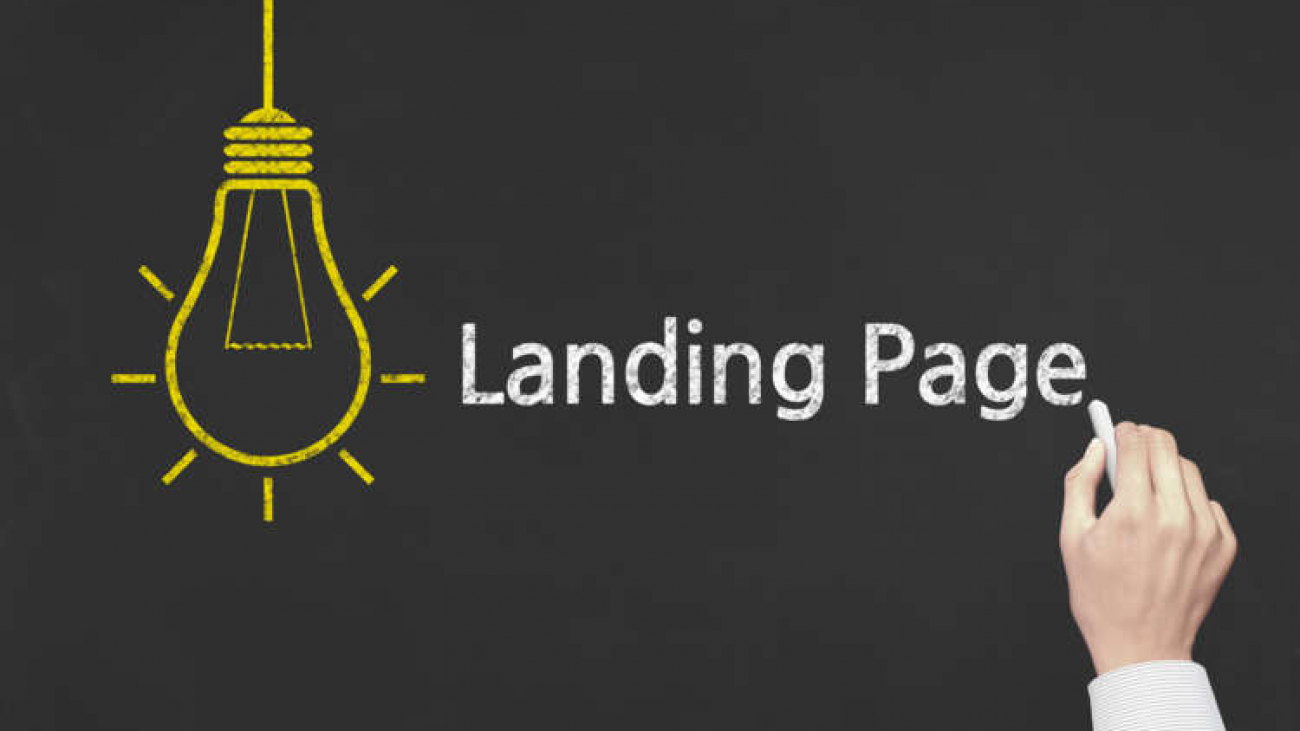Creating a landing page that converts is a difficult task. Lead generation is continually developing and with it, so is what comprises a successful landing page. Here are our 3 ways to optimize your landing page.
1. Revamp Your Call To Action
Remove All Options But One
Your potential leads should only be offered one CTA. You should remove pointless interruptions, dispose of repetitive navigation and any other links apart from your essential CTA. Cramming different CTAs might seem like a good idea, however it will just reduce your conversion rate.
Guide Visitors To Your CTA With Directional Signals
There are two essential types of prompts to consider:
- Explicit signals are things like bolts, pathways, or even images of individuals pointing at your CTA (the last option is utilized far more frequently than you think). If your CTA falls below the fold, ensure you have a directional prompt to guide visitors toward it.
- Suggestive prompts are different tacit ways of featuring the CTA. Whitespace, for instance, is a suggestive prompt that leaves part of the page blank so your CTA can stand out. Numerous sites also successfully use differentiating colors (inquiry form on an all-white color background) to attract the audience with their design and content.
Decrease The Number Of Text Entry Fields
You should only ask for the most essential pieces of information, like their name, number and email. Smaller lead-generation forms are always superior to longer forms.
Emphasizing Your CTA
The lead-generation form and the CTA button should be the most noticeable components of any landing page. There are multiple ways of featuring the importance of your CTA button:
- Make it ‘feel’ interactive, either by 3D design or a download arrow when individuals hover over it.
- Make the button text bolder than whatever else on the page, so it catches more eyeballs.
- Contextualize your button text. Describe the advantage your visitors get by clicking on it, e.g., ‘Get a free site audit now’, ‘Download my digital book’ and so on.
2. Polish Your On-Page Content
Start by adjusting your message. There should be no difference between your landing page and the advertisements you use to promote it. Convey a uniform message through both your landing page and your advertising copy.
Divide And Conquer
If your conversion rate differs based on your traffic source (PPC, organic, email, referral), it’s a smart idea to make separate landing pages for each so you can address the message errors.
Focus On Brand Awareness
You should provide an organization logo on every one of your landing pages. It is important that your audience – particularly those from non-branded sources like social media – to immediately connect what you offer with your brand. Keep in mind, not all leads convert on the first visit, so ensure your brand lingers in their mind.
Keep It Brief
Whatever you need to say should be packaged in a modest, moderate pitch that is easy to understand. Advertisers suggest settling on 3-5 particular advantages of your service and giving each a couple of sentences, but no more.
3. Demonstrate Trust
Use a testimonial. If a previous customer was ecstatic about your product or service, ask them for a quote, and display it on your page. If individuals are praising you via social media, installing their tweets is an extraordinary way of building trust with your visitors.
Offer A Free Trial Or Review
Whether you’re selling a B2B software or a book, there’s a way of allowing potential clients to sample your product first. The try-before-you-purchase has been utilized as a conversion booster for a long time – mostly because it works.
Give Your Telephone Number
Unveiling your contact details reduces the ‘spammy’ look some landing pages unavoidably wind up going for.
Think About Co-Branding
If you’re already partnering with an influencer in the field, you can use that relationship by referencing them in the copy.



